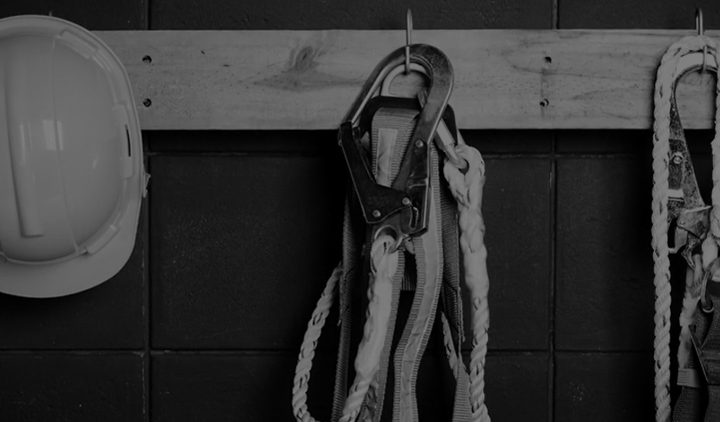If you missed the WorkSafeBC breakfast meeting organized by Canadian Material Handling and Distribution Society (CMHDS) on Wednesday November 1, following is a recap.
Important Date: January 1, 2018 – New WorkSafeBC regulation 4.43.1 will be in effect.
What is a “Storage Rack“? A storage rack means a combination of steel frames, beams and associated accessories used, once assembled into a structure, to support materials and products, including, for example, a pallet rack or cantilever rack, but excludes shelving and display fixtures used for retail purposes.
As a note, this regulation does not apply to storage racks that are under 8 feet in height and are loaded and unloaded by manual means. If a forklift or an ‘automated mechanical system’ is used for loading and unloading, then that racking system would fall requirements outlined in regulation 4.43.1.
Key points:
- Storage racks must be used in accordance with the specifications of the manufacturer (or a professional engineer)
- Only a qualified person installs and uninstalls a storage rack, in accordance to the manufacturer (or a professional engineer)
- The manufacturers safe loading, unloading, maintenance procedures must be readily visible to employees
- The rated capacity must be posted near the storage rack and visible to workers
- The rated capacity must be posted near the storage rack and visible to workers
- Any structural modifications, including reconfigurations, must be in accordance with the manufacturer (or a professional engineer)
- A qualified person must regularly inspect the storage rack for signs of damage, wear and tear, incompatible parts, etc. This process must be documented and with a record given to the employer
- Employer is responsible to ensure the inspection is conducted and inspection deficiencies are corrected within a safe timeframe
What does all this mean?
If you have recently installed a storage rack system in the past few years in accordance with the city bylaws and BC Building Code to seismic standards, you will likely not be affected by what is being considered the most crucial compliance issues. If you are not sure, did you get a racking permit? Do you have engineered drawings? Do you have load capacity ratings of your racking bays?
Important! The load capacity of a racking system in a seismic region such as BC has to comply to a higher standard than other regions. The capacity of your storage rack will likely not be in accordance with the manufacturer’s rated capacity once seismic standards are applied.
In the event your racking system was installed without a racking permit or to a professional engineers specifications, the reality for employers is the need to ensure your racking system is compliant to current standards – with a stamped engineered drawing with rated capacities. Due diligence and best practices would also direct an employer to ensure that their racking system is up to current specifications to ensure employee safety.
In the event the manufacturer of your racking unit is out of business or safe use procedures are not available, WorkSafeBC indicated a variance order may be needed to ensure regulatory compliance. It is the employer’s responsibility to provide employees standard operating procedures – even if they need to be developed internally.
Looking for a professional engineer?
Hi-Cube Storage Products offers all types of services to help ensure your racking systems are compliant and safe.
Ongoing Inspections
As with mobile equipment (e.g. forklift), ongoing inspections are required to be conducted by a qualified person. When a rack has any visible damage, best practice would suggest to tag the location out of service and to replace the damaged section. In most circumstances, hiring a professional engineer to determine if the rack is still safe after being damaged will be a waste of money as they will most likely suggest to get the component replaced.
Are you qualified to inspect the racking system? An employer must ensure employees are qualified and trained (as with forklifts) – with documentation to demonstrate due diligence. CSA Standard A344-17 ‘User guide for steel storage racks’ specifies all requirements for an employer to develop their own internal training program. Alternatively, visit RackSafe – which is launching an online racking inspection program.
Safety Tip: Preventative Safety
If racking systems are an asset to your business operations, the cost to replace damaged components can be minimized by investing into racking guards to protect them from damage if a bump occurs.
Author: NIS Training
Link to Original Article: Click Here
Interested in eliminating hours of tedious data entry?
Our API’s will effortlessly connect all your safety management systems into one central repository, streamlining your organization’s compliance and administration.



